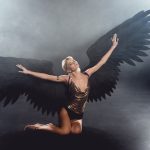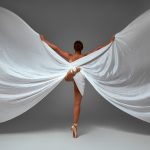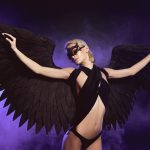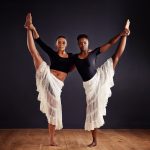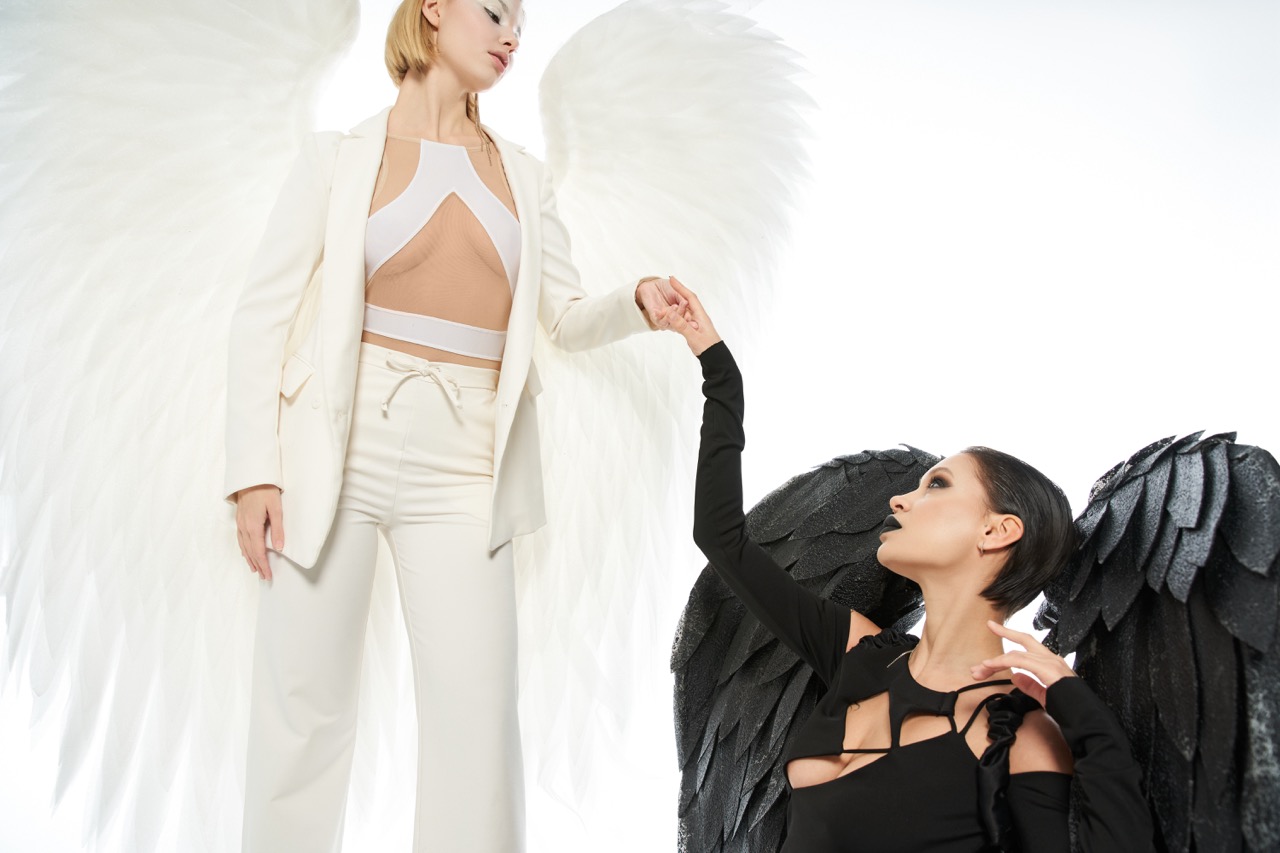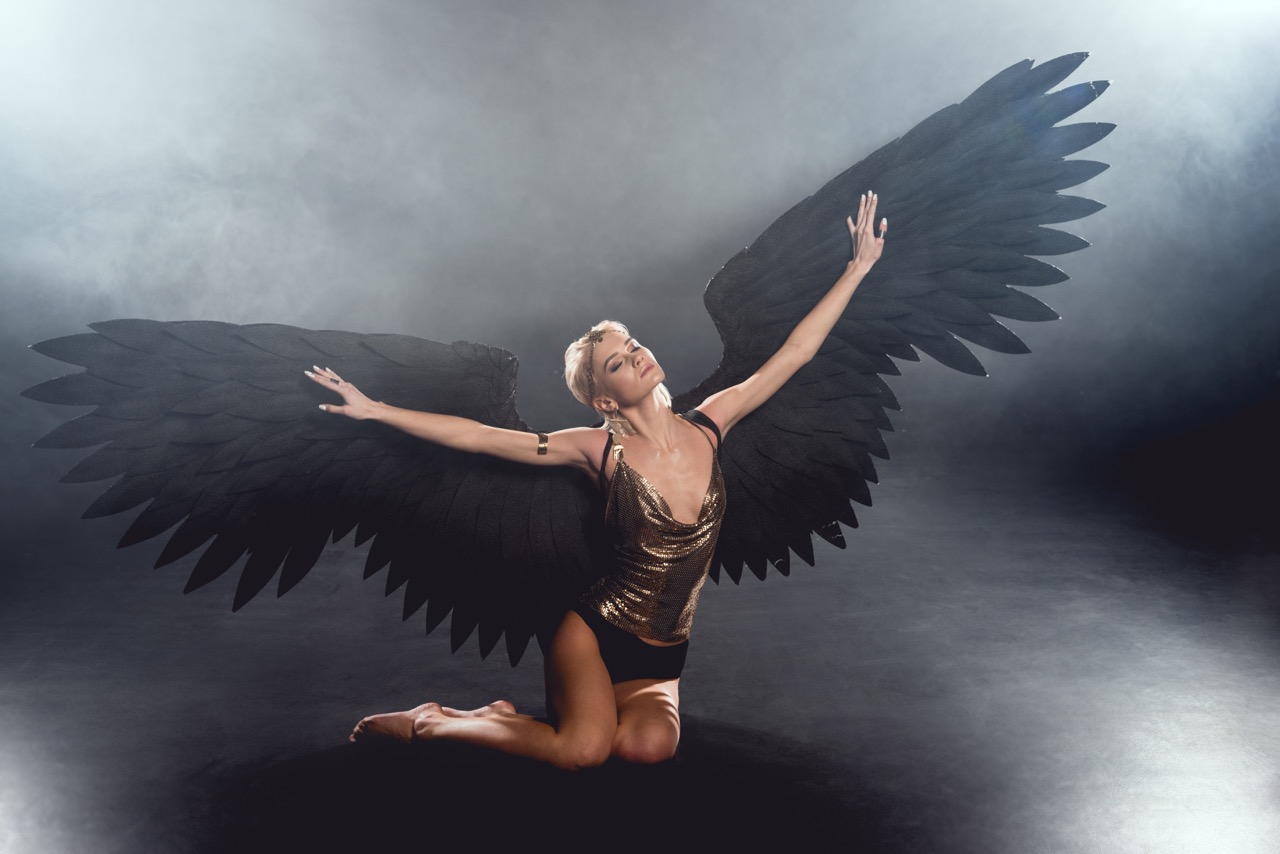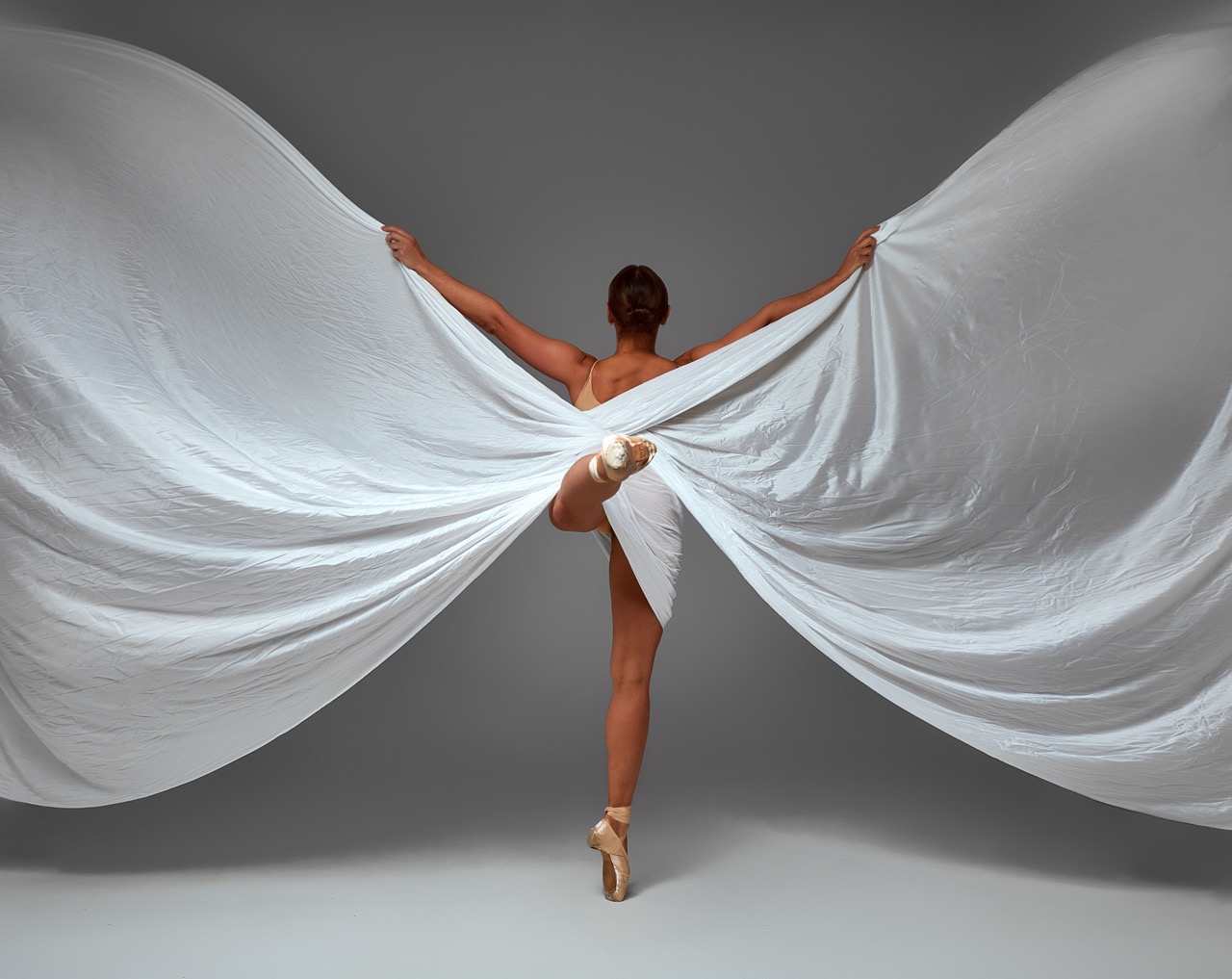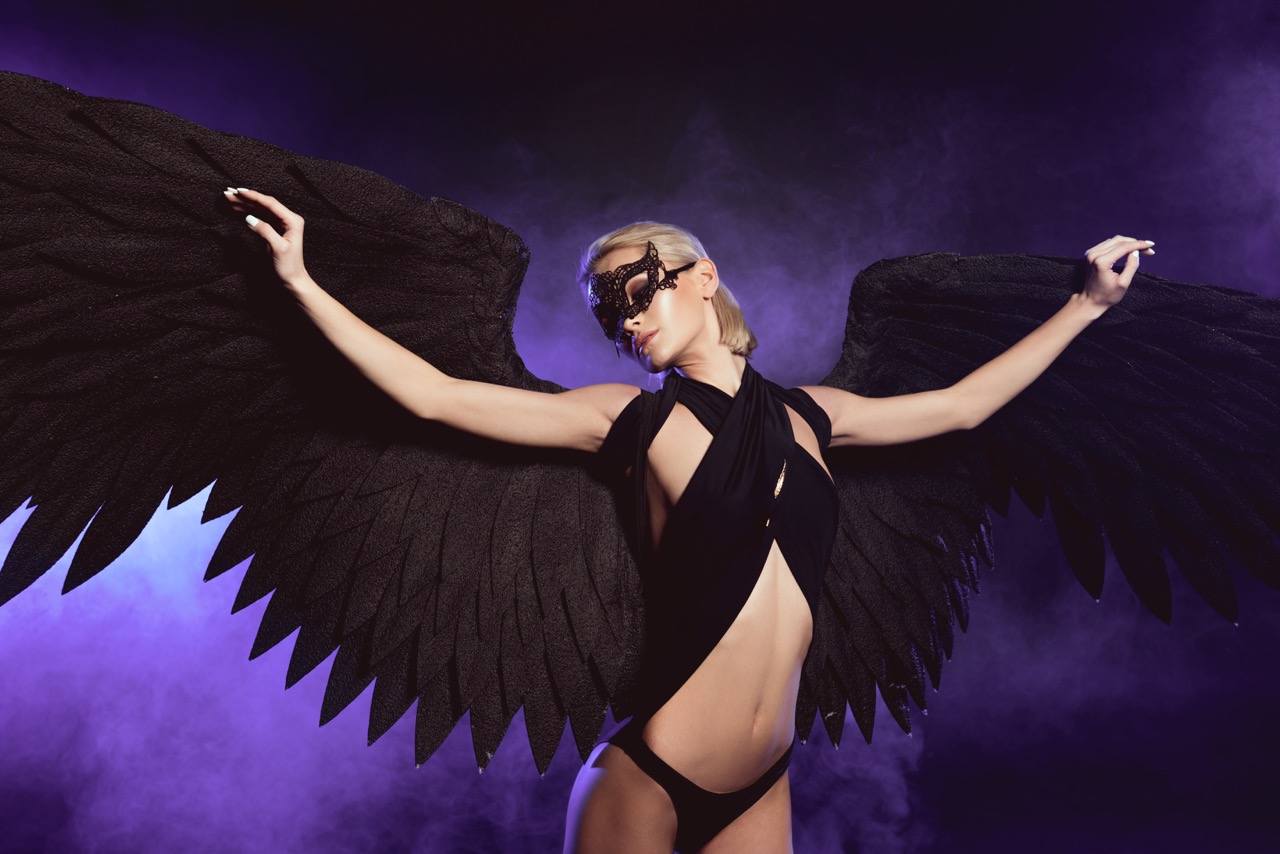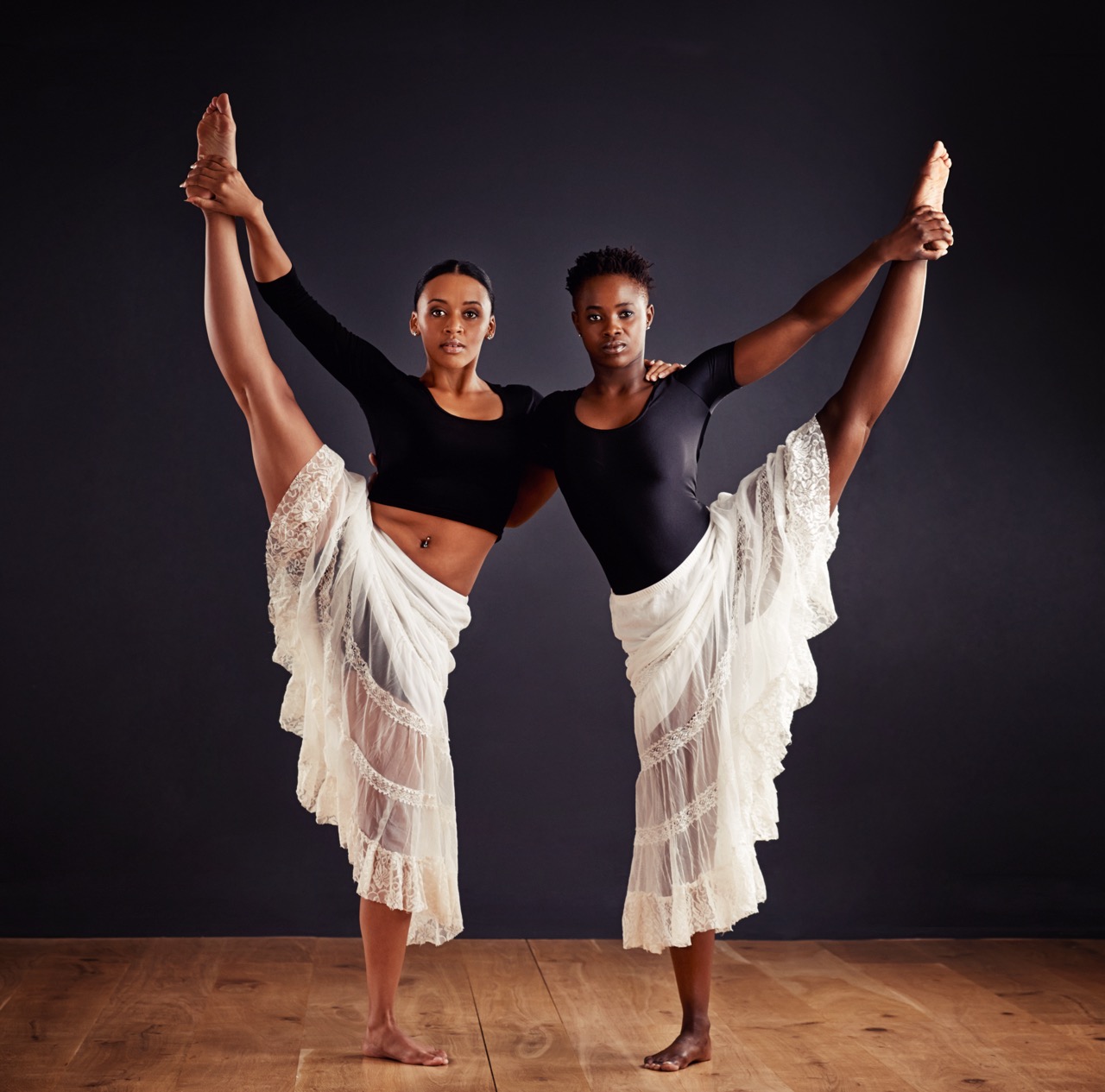In the dynamic realm of fashion shows, where trends are born and creativity knows no bounds, the integration of dance has become an electrifying element that captivates audiences around the globe. The synergy between movement and fashion creates a visual feast, making runways not just pathways for models but stages for artistic expression. This article delves into the multifaceted role of dance in fashion shows, showcasing how choreography enhances presentations, how it bridges the gap between traditional catwalks and dance floors, and how it ultimately shapes fashion identity.
The Dance of Fabric: Movement Meets Fashion on Stage
The runway has transformed into a theatrical space where fabric and form intertwine through the art of dance. Each garment tells a story, and when models move with intention, they animate the fabric, allowing it to flow and breathe in ways that a static display could never achieve. The graceful undulation of a silk gown, or the sharp angles of a tailored suit, are accentuated by the rhythm of the model’s movements, creating a living canvas that mesmerizes the audience.
Designers are increasingly choreographing their shows to highlight not only the garments but the emotions they evoke. By incorporating various dance styles—from contemporary to ballet—designers are able to convey the essence of their collections more profoundly. The interplay of movement showcases the versatility of materials, allowing viewers to appreciate the craftsmanship behind each piece. This convergence of dance and fashion transforms the runway into a poetic dialogue, reinforcing the narrative that each collection aims to communicate.
As the lights dim and the music crescendos, the runway becomes a stage for artistic collaboration, where each pirouette and leap enhances the viewer’s experience. The synergy of dance and fashion creates an atmosphere that elevates the ordinary to the extraordinary, engaging audiences on an emotional level. Thus, the act of dressing becomes a fluid performance, where the fabric dances as much as the model, and the runway transforms into a vibrant expression of art in motion.
Choreography as Couture: Elevating Runway Presentations
In the world of high fashion, choreography has emerged as a vital component of runway presentations, serving as a bridge between the designer’s vision and the audience’s perception. The thoughtful integration of choreography allows designers to manipulate the time and space of the runway, creating a theatrical experience that transcends the traditional presentation. With carefully designed movements, models can accentuate key features of the clothing, showcasing the intricate details and innovative designs that might otherwise go unnoticed.
Furthermore, choreographed performances often resonate with themes relevant to the collection, making each show a multi-sensory experience. For example, a collection inspired by nature could incorporate fluid movements mimicking waves or the fluttering of leaves, while a collection with urban influences might feature sharper, more angular movements that reflect the city’s dynamic pulse. This alignment of choreography with thematic elements invites the audience to engage with the collection on a deeper level, fostering a stronger emotional connection to the designer’s artistic intentions.
As the fashion industry evolves, the boundaries between traditional runway shows and performance art continue to blur. Choreography brings an additional layer of sophistication to fashion presentations, transforming them into compelling narratives that linger long after the final bow. This evolution not only enhances the aesthetic appeal of the show but also sets a new standard for creativity in the fashion world, encouraging designers to think beyond fabric and thread and to explore the limitless possibilities of movement.
From Catwalks to Dance Floors: A Fusion of Art Forms
The intersection of dance and fashion has initiated a compelling fusion of art forms, redefining the experience of both. Fashion shows have begun to embrace dance not only as an accessory to the garments but as an essential element that shapes the overall narrative. This blending of disciplines allows designers to present their collections in a manner that is dynamic and engaging, captivating audiences through a celebration of movement.
This trend has led to collaborations between fashion designers and choreographers, resulting in groundbreaking presentations that challenge conventional norms. For example, renowned designers have partnered with dance companies to create immersive experiences that draw spectators into the world of the collection. In these shows, the catwalk transforms into a vibrant performance space, where models and dancers interact fluidly, creating a visual tapestry that tells a story beyond the garments themselves. These performances often include diverse dance styles, reflecting cultural influences and celebrating the richness of artistic expression.
The move from catwalks to dance floors illuminates how fashion is increasingly viewed as an art form that thrives on collaboration and innovation. The integration of dance not only revitalizes the fashion presentation but also opens doors for new creative possibilities, allowing designers to experiment with movement and narrative in ways that resonate with contemporary audiences. This fusion enriches both the fashion and dance landscapes, reaffirming the idea that art, in all its forms, is meant to be experienced and shared.
Impactful Expressions: How Dance Shapes Fashion Identity
Dance is a powerful medium through which fashion identity is articulated and expressed. The movements, styles, and rhythms of dance can encapsulate cultural narratives and historical contexts, allowing fashion designers to weave their messages into the very fabric of their collections. For instance, a designer might draw inspiration from specific dance genres—such as flamenco or hip-hop—to create garments that resonate with the cultural significance of those forms, bridging the gap between fashion and cultural heritage.
Moreover, the use of dance in fashion shows allows for the exploration of identity and self-expression. Models, as performers, embody the essence of the garments they wear, projecting confidence and individuality through their movements. This alignment between dance and fashion creates a platform for voices to be heard, empowering models to express their unique identities and experiences. The choreography can amplify these expressions, translating physical movements into statements of personal and collective identity that challenge societal norms and encourage inclusivity.
In an era where fashion is increasingly scrutinized for its societal impact, the integration of dance offers a compelling avenue for designers to craft narratives that reflect and shape cultural identities. By embracing movement as a form of expression, designers can engage with pressing issues such as body positivity, diversity, and self-empowerment. The result is a fashion landscape that is not only visually stunning but also rich with meaning, inviting both the audience and the performers to engage in a dialogue about identity, culture, and the power of artistic expression.
The role of dance in fashion shows is undeniably transformative, enhancing the way audiences experience and connect with collections. As choreography brings garments to life, it elevates runway presentations into immersive experiences that celebrate the intersection of movement, art, and identity. This fusion not only redefines traditional runway formats but also inspires a new generation of designers and performers to collaborate and innovate. In an ever-evolving fashion landscape, the dance of fabric continues to remind us that fashion is not merely about clothing; it is a vibrant form of art that communicates stories, emotions, and identities through the beauty of movement.
